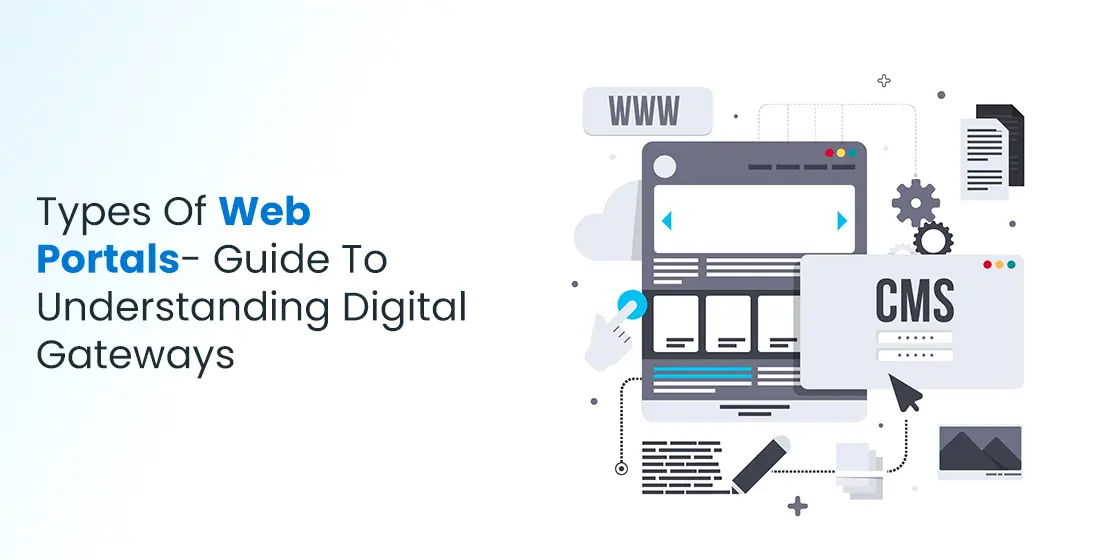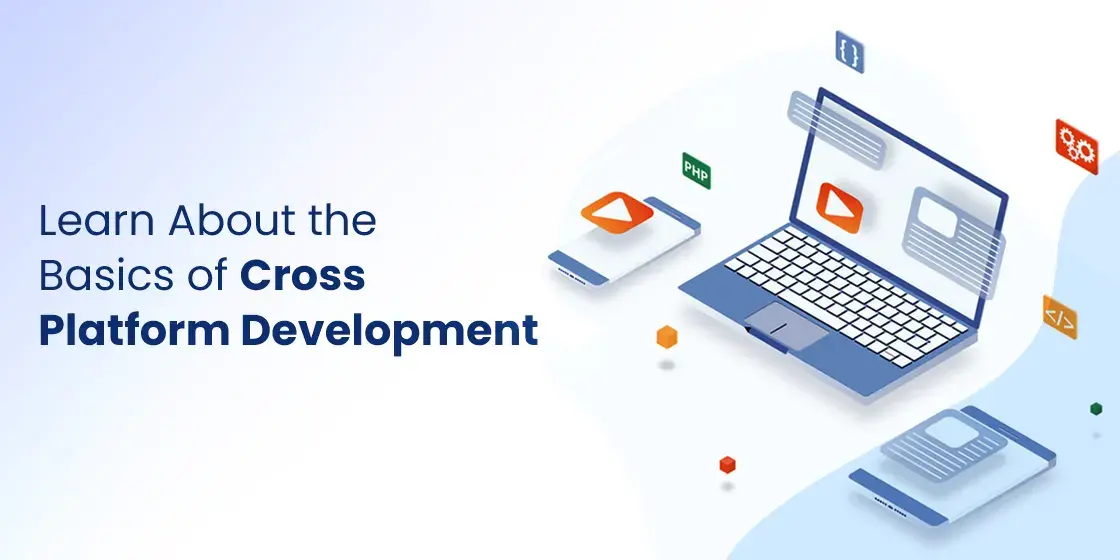Table of Content
Discover the Various Types of Web Portals and Their Specific Uses in 2025
In today’s interconnected digital landscape, web portals have evolved far beyond simple information repositories to become sophisticated gateways that transform how organizations communicate, collaborate, and conduct business. These powerful platforms serve as centralized hubs where users can access personalized information, applications, and services through a single, unified interface.
From the employee who logs into their company intranet each morning to the customer checking their order status on an e-commerce platform, types of web portals have become integral to our daily digital experiences. As businesses increasingly recognize the value of streamlined information access and enhanced user engagement, understanding the various portal classifications has never been more crucial.
Whether you’re a business leader exploring digital transformation or a web development company planning your next project, this comprehensive guide will help you. From navigating the diverse world of web portal types to helping you identify the perfect solution for your specific needs, let’s begin.
Understanding Web Portals: Foundation and Purpose
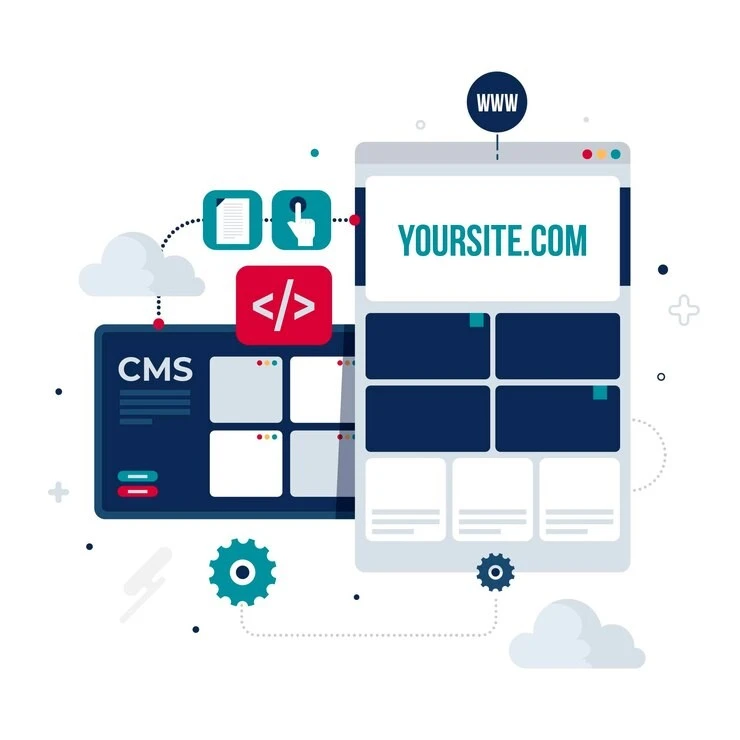
A web portal is fundamentally different from a traditional website in both structure and functionality. While websites provide information to broad audiences, web portals serve as personalized gateways that aggregate content from multiple sources into a cohesive, user-specific experience. These platforms act as digital command centers where users can access everything they need through a single entry point.
Core Characteristics of Web Portals
Web portals are web-based platforms that gather information from multiple sources and combine it into a single user interface. They typically require user authentication to deliver personalized content based on individual roles, preferences, and permissions. Unlike static websites, portals offer interactive features that allow users to input data, collaborate with others, and access customized applications and services.
The Evolution from Simple to Sophisticated
What began as simple web portals in the early 90s have today emerged as platforms supporting digitized customer experience initiatives. Modern portals incorporate advanced features like single sign-on capabilities, mobile-responsive web app design, artificial intelligence integration, and seamless connectivity with enterprise systems. This evolution reflects the growing demand for personalized, efficient digital experiences across all sectors.
Elevate your online presence with websites that blend visual appeal with advanced functionalities. Explore our tailored web development solutions today.
Discover Web SolutionsPrimary Classification: Horizontal vs Vertical Portals
Understanding the fundamental classification of types of web portals begins with the distinction between horizontal and vertical approaches, each serving distinctly different purposes and audiences.
Horizontal Web Portals
Horizontal portals represent broad-based platforms designed to serve the information and service access needs of a wide range of user bases. These portals function as digital one-stop shops, offering diverse content and services across multiple industries and categories. Examples include major platforms like Yahoo and MSN, which provide everything from news and email to entertainment and shopping services under one digital roof.
The horizontal approach focuses on breadth rather than depth, appealing to users who value convenience and variety. These portals typically generate revenue through advertising, subscription services, and transaction fees across their various offerings. However, they face challenges in developing deep expertise in any single area and must compete across multiple market segments simultaneously.
Vertical Web Portals
Vertical portals focus on specific sectors, industries, and interest areas, providing targeted information to particular audiences. These specialized platforms dive deep into specific niches, offering comprehensive resources, tools, and services tailored to industry professionals or enthusiasts. Vertical portals excel at understanding their specific audience’s needs and can offer highly specialized functionality that horizontal portals cannot match.
Examples include medical portals serving healthcare professionals, automotive portals for car dealers and mechanics, or financial portals designed specifically for investment professionals. While vertical portals serve smaller audiences, they often achieve higher user engagement and can command premium pricing for their specialized services.
Enterprise and Corporate Portal Types
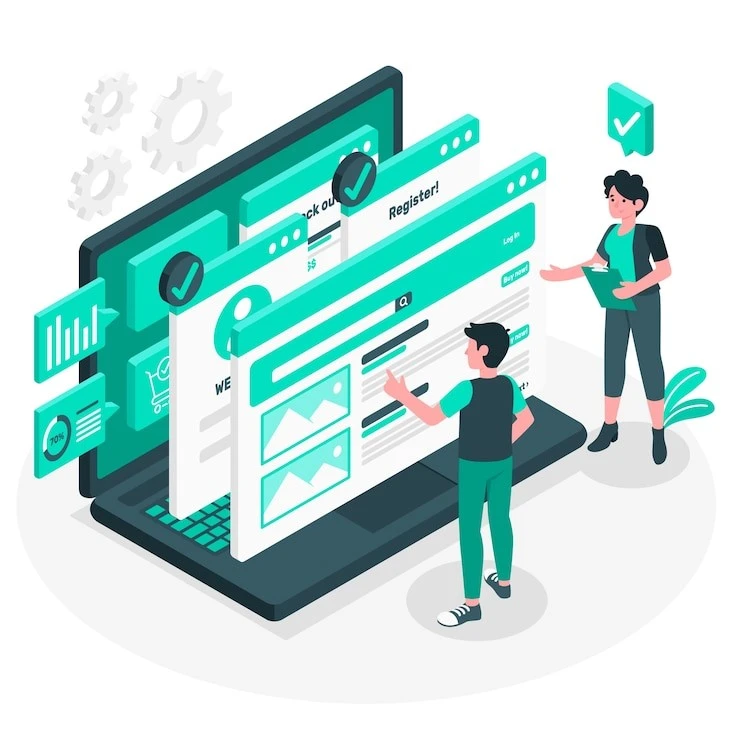
Enterprise portals represent some of the most sophisticated types of web portals. These enterprise website development examples are designed to streamline internal operations and enhance organizational efficiency across large companies and institutions.
Employee Intranets and Internal Portals
Employee portals, also known as intranet portals, serve as private networks where company staff can access important documentation, receive updates on company news, and collaborate on shared projects. These portals typically feature news feeds, document management systems with version control, and self-service capabilities for tasks like holiday requests and internal job applications. Modern employee portals integrate seamlessly with productivity suites like Microsoft 365 and Google Workspace, enabling single sign-on access to multiple enterprise applications.
Corporate Communication Hubs
Corporate portals enhance collaboration by facilitating document sharing, project management, and interdepartmental communication. They serve as centralized platforms where different departments can coordinate activities, share resources, and maintain consistent communication across the organization. These portals often include features like town halls for company-wide announcements, discussion forums, and integrated communication tools.
Customer-Facing Portal Solutions
Customer portals represent a critical category among types of web portals, focusing on enhancing customer experience and self-service capabilities while reducing organizational support costs.
Customer Service and Support Portals
Customer portals offer personalized access to organizational data relevant to individual customers, including account information, order tracking, support ticket management, and billing details. These platforms empower customers to resolve issues independently, access their purchase history, and manage their accounts without requiring direct contact with support staff. Modern customer portals integrate with CRM systems to provide comprehensive customer relationship management capabilities.
Client Collaboration Platforms
Professional service organizations often deploy client portals to facilitate secure document sharing, project collaboration, and communication. These platforms are particularly valuable in industries like legal services, accounting, and consulting, where confidential information must be shared securely between service providers and clients. Client portals typically feature document management systems, secure messaging, project tracking, and billing transparency tools.
Self-Service Transaction Portals
Many organizations implement self-service portals that enable customers to complete transactions, manage subscriptions, and access services independently. These portals reduce operational costs while providing customers with convenient access to the services they need. Features typically include account management, payment processing, service activation, and usage monitoring capabilities.
E-commerce and Marketplace Portals
E-commerce portals represent dynamic and interactive web systems that facilitate online transactions and marketplace operations, serving as crucial digital commerce infrastructure.
B2B E-commerce Portals
B2B e-commerce portals are designed to simplify and speed up communication and transactions between businesses. These platforms integrate with company digital infrastructure and supply chain processes, functioning as comprehensive sales, marketing, and customer support instruments. B2B portals typically offer features like bulk ordering, contract pricing, approval workflows, and integration with procurement systems.
B2C Shopping and Retail Portals
B2C e-commerce portals focus on providing exceptional shopping experiences for individual consumers. These platforms emphasize user experience design, product discovery, and conversion optimization to drive sales and customer satisfaction. Modern B2C portals incorporate features like personalized recommendations, social commerce integration, and mobile-optimized experiences.
Marketplace and Multi-vendor Platforms
Multi-vendor marketplace portals enable multiple sellers to offer products through a single platform, creating comprehensive shopping destinations for consumers. These platforms require sophisticated vendor management systems, commission tracking, and integrated payment processing to manage relationships with numerous sellers while providing unified experiences for buyers.
Educational and Learning Portals
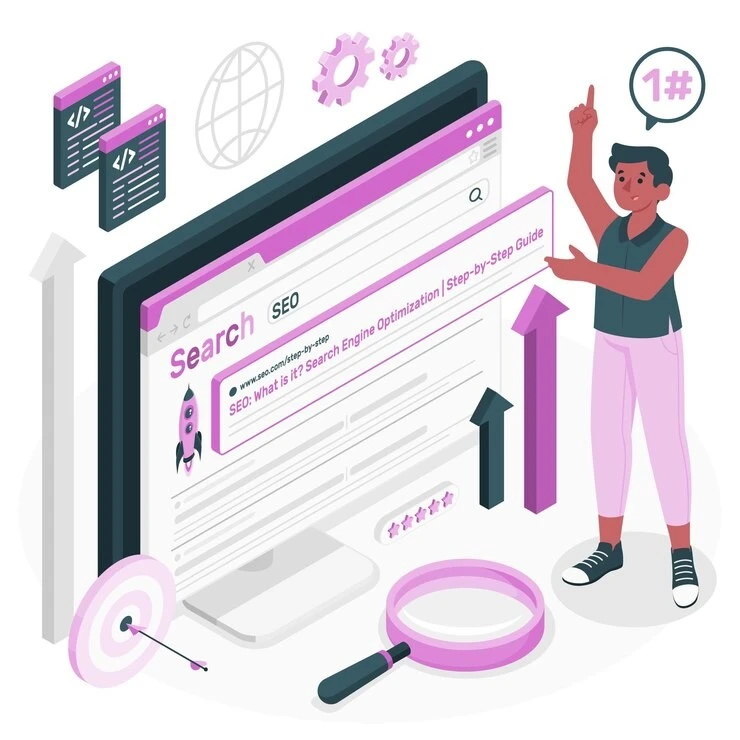
Educational institutions and training organizations rely on specialized types of web portals to deliver learning experiences and manage academic operations effectively.
Student Information Systems
Student portals provide learners with centralized access to educational resources, including course materials, grades, schedules, and administrative services. These platforms enable students to register for classes, access digital libraries, submit assignments, and communicate with faculty and peers. Modern student portals integrate with learning management systems to provide comprehensive educational experiences.
Faculty and Administrative Portals
Educational portals for faculty provide centralized access to teaching resources, grade management systems, and administrative tools. These platforms enable educators to manage courses, communicate with students, and access institutional resources efficiently. Faculty portals often integrate with research databases, grant management systems, and collaboration tools.
Learning Management and Training Platforms
Corporate training portals and learning management systems enable organizations to deliver employee education, track progress, and ensure compliance with industry regulations. These platforms support various content formats, assessment tools, and certification tracking capabilities to meet diverse training needs.
Government and Public Sector Portals
Government portals serve as crucial interfaces between public institutions and citizens, providing access to essential services and information.
Citizen Service Portals
Government portals offer citizens access to public services, information, and resources through centralized digital platforms. These portals enable users to access forms, submit applications, pay fees, and track service requests without visiting physical government offices. Modern government portals emphasize accessibility, multilingual support, and mobile responsiveness to serve diverse populations effectively.
Open Data and Transparency Platforms
Many government organizations operate open data portals that provide public access to government information, statistics, and research data. These platforms support transparency initiatives and enable citizens, researchers, and businesses to access valuable public information for analysis and decision-making.
Healthcare and Medical Portals
Healthcare organizations utilize specialized portal types to improve patient care, streamline operations, and enhance communication between medical professionals and patients.
Patient Portal Systems
Patient portals streamline appointment management, provide access to medical records, enable secure communication with healthcare providers, and support telemedicine services. These examples of healthcare web app development improve patient engagement while reducing administrative overhead for healthcare organizations. Features typically include prescription management, test result access, and health education resources.
Medical Professional Networks
Healthcare portals for medical professionals facilitate continuing education, research collaboration, and knowledge sharing within the medical community. These platforms provide access to medical databases, research publications, and professional development resources.
Healthcare Administration Portals
Healthcare organizations use administrative portals to manage operations, coordinate care, and ensure compliance with regulatory requirements. These platforms support functions like staff scheduling, resource management, and quality assurance reporting.
Information and Knowledge Management Portals
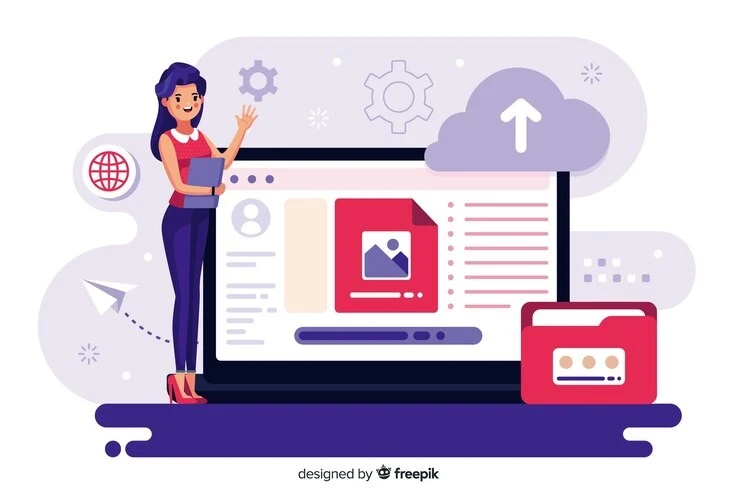
Knowledge-focused portal types serve organizations and communities that prioritize information sharing, research, and collaborative learning.
Document Management and Repository Systems
Knowledge management portals provide centralized access to organizational information, documents, and intellectual assets. These platforms enable organizations to capture, organize, and share knowledge effectively while maintaining version control and access security. Features typically include document libraries, search capabilities, and collaborative editing tools.
Research and Academic Portals
Academic and research institutions operate portals that provide access to scholarly resources, research databases, and collaborative tools. These platforms support academic research, enable scholarly communication, and facilitate knowledge dissemination within academic communities.
Community Knowledge Bases
Many organizations create community-driven knowledge portals where users can contribute information, answer questions, and share expertise. These platforms leverage collective intelligence to build comprehensive knowledge resources while fostering community engagement.
Specialized Industry Portals
Various industries have developed specialized types of web portals to address unique operational requirements and regulatory needs.
Financial Services Portals
Financial institutions operate sophisticated portals that provide account management, transaction processing, and financial planning tools. These platforms must meet strict security and regulatory requirements while providing user-friendly interfaces for complex financial operations. Features include portfolio management, transaction history, and integration with financial planning tools.
Real Estate and Property Management Portals
Real estate organizations use portals to manage property listings, facilitate transactions, and provide tools for buyers, sellers, and real estate professionals. These platforms often include virtual tour capabilities, document management, and transaction tracking tools.
Supply Chain and Logistics Portals
Manufacturing and logistics companies rely on portals to coordinate complex supply chain operations, track shipments, and manage vendor relationships. These platforms provide visibility into supply chain operations while enabling collaboration between multiple stakeholders.
Frequently Asked Questions (FAQs)
| What is the main difference between horizontal and vertical web portals? Horizontal web portals offer a broad range of services and content across multiple industries, functioning as digital one-stop shops like Yahoo or MSN. Vertical web portals focus on specific industries or niches, providing specialized content and services tailored to particular audiences, such as medical portals for healthcare professionals or automotive portals for car industry specialists. Horizontal portals emphasize breadth and convenience, while vertical portals prioritize depth and specialization in their chosen field. |
| How do enterprise portals differ from customer portals in functionality? Enterprise portals, including employee intranets and corporate platforms, focus on internal operations like document management, employee communication, and business process automation. They typically require role-based access controls and integrate with internal systems like HR and ERP platforms. Customer portals, on the other hand, provide external users with self-service capabilities such as account management, order tracking, and support ticket submission. While enterprise portals emphasize collaboration and internal efficiency, customer portals prioritize user experience and reducing support costs. |
| What are the essential security features that modern web portals should include? Modern web portals require comprehensive security measures including multi-factor authentication, role-based access controls, and single sign-on capabilities. Essential features include data encryption for information in transit and at rest, audit trails for compliance tracking, and secure API integrations. Portals must also implement regular security updates, vulnerability assessments, and compliance with industry-specific regulations such as HIPAA for healthcare or GDPR for European users. Advanced portals may include AI-powered threat detection and automated security monitoring. |
| How do B2B and B2C e-commerce portals differ in their design and functionality? B2B e-commerce portals focus on complex business transactions with features like bulk ordering, contract pricing, approval workflows, and ERP system integration. They typically serve longer sales cycles and multiple decision-makers within purchasing organizations. B2C portals emphasize user experience optimization, quick checkout processes, personalized recommendations, and social commerce features. B2B portals often require custom catalogs and pricing based on business relationships, while B2C portals focus on broad appeal and conversion optimization for individual consumers. |
| What factors should organizations consider when choosing between cloud-based and on-premises portal solutions? Organizations should evaluate several key factors when choosing portal deployment options. Cloud-based solutions offer better scalability, reduced infrastructure costs, automatic updates, and faster deployment times, making them ideal for organizations with limited IT resources or rapid growth needs. On-premises solutions provide greater control over data, customization capabilities, and may be required for strict compliance requirements. Consider factors like budget constraints, security requirements, technical expertise, integration needs with existing systems, and long-term scalability requirements when making this decision. |
Conclusion
The diverse landscape of types of web portals reflects the complexity and variety of modern organizational needs. From enterprise intranets that connect global workforces to specialized industry portals that serve niche professional communities, these platforms have become essential infrastructure for digital operations across virtually every sector.
As technology continues evolving, portal platforms will become even more sophisticated, incorporating artificial intelligence, mobile-first design, and seamless integration capabilities. Organizations that understand the various portal types and their applications will be better positioned to leverage these powerful platforms for improved efficiency, enhanced user experiences, and competitive advantage.
The future belongs to organizations that can effectively harness the power of web portals to create connected, collaborative, and efficient digital ecosystems that serve their users’ evolving needs.
Empower your digital initiatives with BariTechSol, a premier custom software development company. Our skilled team tailors cutting-edge solutions to your unique needs. Elevate your tech experience and stay ahead in the digital realm. Partner with BaritechSol and code the success of your next big idea.
